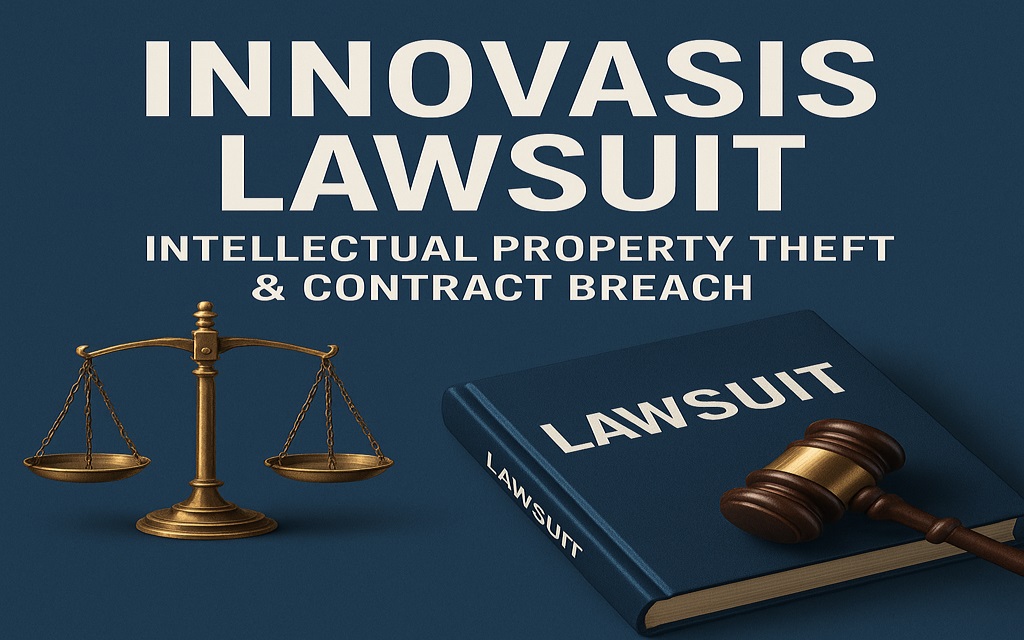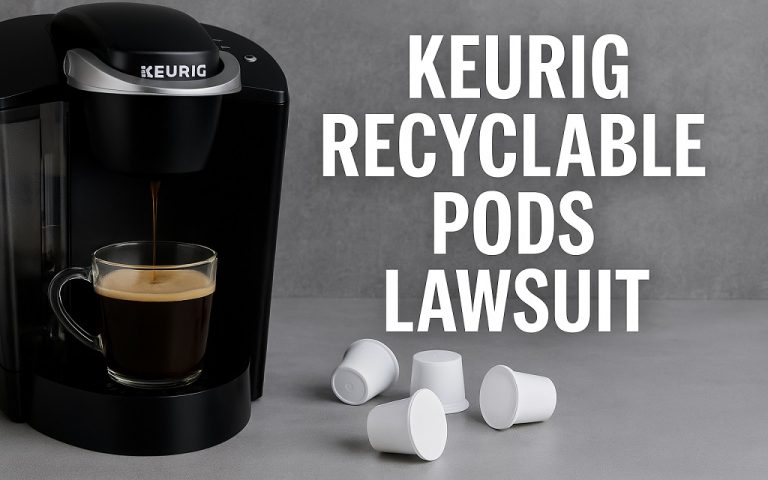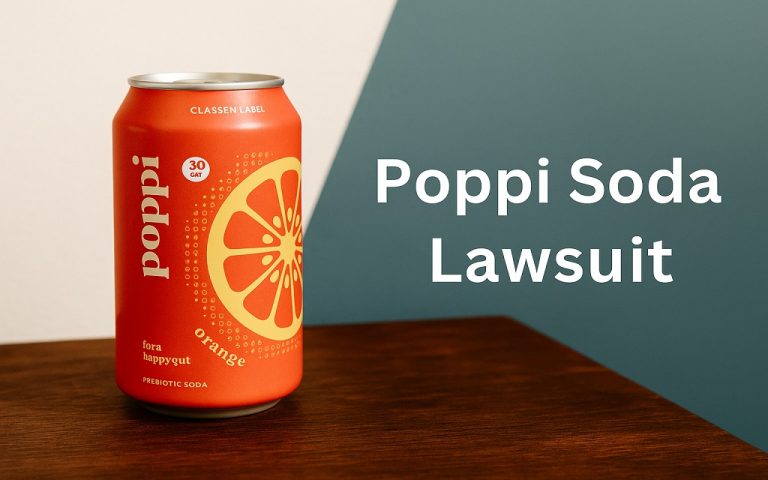Innovasis makes spinal devices. The company operates in Utah. Federal officials announced a civil settlement. The amount totals twelve million dollars. The agreement resolves False Claims Act allegations. The theory centers on surgeon kickbacks. The announcement came on May twenty nine two thousand twenty four. Officials named two senior executives. The release confirms no liability finding. The agreement ends civil claims only. Criminal charges do not appear in the record. The settlement covers federal health program claims.
Why does this settlement matter to you?
You face care and billing questions. Device choices can shape outcomes. Payment incentives can distort decisions. Federal rules prohibit inducements to steer care. The law calls this the Anti Kickback Statute. That statute can trigger FCA exposure. Hospitals face repayment and penalties. Surgeons face sanctions and exclusion risk. Patients face trust and safety concerns. Transparency helps decision quality. Facts from primary sources support clarity. The HHS OIG notice confirms the case scope.
What numbers should you remember today?
You should note the period from two thousand fourteen to two thousand twenty two. Authorities identified seventeen surgeons. The relator receives about two point two million dollars. The case caption appears in public notices. The court sits in the Northern District of Texas. The caption names United States ex rel Richardson v Innovasis Inc. The number lists 3 19 cv 02440 X. These numbers anchor due diligence. These numbers support accurate summaries.
What did the government allege against Innovasis?
You want details on the conduct. This section outlines the claims in simple terms.
What conduct did officials describe in the press release?
Officials described a kickback scheme. The theory covers payments to induce device use. Examples describe inflated consulting fees, large intellectual property payments, registry payments and equity and describe luxury travel and meals. Officials tied the conduct to Medicare claims. The release explains the FCA pathway. Enforcement focused on improper remuneration.
Which people and entities appear in the notice?
The notice names Innovasis. The notice names Brent Felix and the notice names Garth Felix. Officials identify Innovasis as a spinal device maker. The notice confirms Utah headquarters. The period covers eight years. Surgeons in orthopedics and neurosurgery appear. The group totaled seventeen. The relator filed under qui tam rules.
What status does the settlement carry now?
The text states no liability determination. The settlement resolves allegations only. The company denies wrongdoing. Civil exposure ends under the written terms. Oversight may continue under OIG tools. You can confirm language in the OIG page. You can confirm dates in the DOJ page. Primary sources anchor policy analysis.
Who is the whistleblower and what does qui tam mean?
You need context on the relator. This section explains rights and rewards.
Who filed the case and why does that matter?
A former regional sales director filed. The name appears as Robert Richardson. The law calls that person the relator. The relator filed on behalf of the United States. The statute authorizes such actions. Courts handle the case under seal first. The government can intervene after review. The outcome here shows intervention value.
What reward did the relator receive under the FCA?
The relator receives about two point two million dollars. The share fits the statutory range. The range often spans fifteen to thirty percent. The public notice confirms the amount. The court caption appears in coverage. The caption lists the Northern District of Texas.
What case details help your research today?
The caption reads United States ex rel Richardson v Innovasis Inc. The number reads 3 19 cv 02440 X. The press office published the date. The date reads May twenty nine two thousand twenty four. The agency page repeats the core facts. The OIG site links back to DOJ.
How does the Anti Kickback Statute affect surgeons and hospitals?
You want practical rules. This section gives you clear guardrails.
What does the statute prohibit in clear terms?
The statute bars payments to induce referrals. The rule covers any thing of value. Cash violates the rule. Inflated consulting fees violate the rule. Luxury travel violates the rule. Equity and options can violate the rule. Device selection under influence creates risk. Billing to Medicare after such conduct triggers FCA risk.
Which arrangements raise the highest risk in device deals?
Fair market value anchors safe design. Written scope anchors clear deliverables. Time logs support actual work. Advisory boards need clear agendas. User events require modest meals. Education must avoid resort perks. Grants must follow objective criteria. Royalty or IP deals must reflect FMV. The press release highlights FMV issues.
How can hospitals lower exposure right now?
Compliance teams can review contracts. Teams can test FMV for each rate, sample invoices and agendas, cap travel and meals, flag equity transfers. Teams can audit registry payments, confirm documentation before claims and can route concerns to counsel.
What should patients and families do after this news?
You care about safety and cost. This section lists steps you can take today.
What questions can you ask your surgeon today?
You can ask about device choice, alternatives, financial ties and can ask about any speaker role. You can ask about any board seat and any consulting fee. These questions support informed consent. These questions protect trust.
What steps can help with billing and records?
You can request itemized bills, compare dates and codes. You can note device names in records. Also, you can save brochures and labels, document advice you received, keep notes from visits, raise disputes through your plan and can seek external review when allowed.
Where can you report concerns and get help?
You can contact HHS OIG. The enforcement page lists contacts. You can provide dates and facts, attach documents, ask about privacy rules and can consult counsel about rights. The OIG notice confirms this channel.
What timeline and facts define Innovasis as a company?
You need a quick profile. This section supplies basic history and status.
What profile details matter for background checks?
Innovasis describes itself as a spinal implant firm. The company states operations since two thousand four. Product lines target major spinal pathologies. Instruments support traditional spinal surgery. The site confirms private ownership. The site lists Utah presence.
What dates and numbers frame the settlement?
The announcement date reads May twenty nine two thousand twenty four. The amount totals twelve million dollars. The period spans two thousand fourteen through two thousand twenty two. Authorities cite seventeen surgeons. The relator share totals about two point two million dollars. The case sits in the Northern District of Texas.
What quick facts help separate rumor from fact?
The settlement resolves civil allegations. Courts did not decide liability. The company denied wrongdoing. Enforcement agencies issued public notices. The OIG site repeats the DOJ summary. You can verify each element in those pages.
What compliance steps help device makers and providers now?
You want action items that work. This section covers contracts events and audits.
What contract controls reduce Anti-Kickback Statute risk?
Every agreement can state FMV support. Every rate can cite an independent analysis, and every scope can state measurable outputs. Moreover, every invoice can attach time records; every renewal can require an audit, and every exception can require legal review. This discipline lowers exposure. The DOJ notice highlights FMV pressure points.
What event and education rules support safe practice?
Teams can select modest venues, cap costs per attendee, invite only relevant staff, separate marketing from education, refuse spousal perks and can document agendas and faculty roles. Teams can publish grants after approval. These steps align with OIG guidance.
What internal audits provide early detection value?
Auditors can test payment clusters, flag outlier fee rates, track travel spikes, cross check case volumes and can confirm disclosure logs. Auditors can review speaker rosters and report to a board committee. This cadence drives early fixes.
What FAQs do readers ask about the Innovasis settlement?
Can you file a claim for money as a patient?
The settlement does not set a patient fund. The case did not address injuries. The case resolved government civil claims. Private rights may differ by state. Counsel can assess options. Official notices confirm the civil focus.
Does this settlement change your past bills?
The press release does not change past bills. Your plan rules control appeals. Hospital policies control refunds. Fraud findings can trigger refunds later. This case did not reach such findings. You can still ask for audits.
Where can you read the primary sources today?
You can read the DOJ press release. You can read the HHS OIG notice, read the OIG CIA index entry and confirm the company profile on its site. These pages provide authoritative facts. These pages anchor trustworthy summaries.
What key takeaways should you save now?
You need a short recap. This section lists the core points in plain terms.
What facts guide quick decisions?
The case concerns alleged kickbacks. The amount totals twelve million dollars. The period spans eight years. Officials named two executives. The relator received about two point two million dollars. No court decided liability.
What actions help each audience today?
Patients can ask about financial ties. Hospitals can audit contracts. Surgeons can review policies. Manufacturers can recheck FMV files. Counsel can refresh training content. Compliance teams can set a monitoring plan.
What sources help you verify claims fast?
You can cite the DOJ page, cite the HHS OIG page, cite the OIG CIA index and can cite the Innovasis about page. These pages support accurate SEO facts. These pages support clear NLP context.
Conclusion: A Turning Point for Innovation and the AI Sector
The Innovasis litigation underscores the legal risks associated with rapid innovation. The facts, the courts, and the company’s response to the public backlash will determine whether it survives or suffers harm.
This scenario supports a fundamental tech truth:
“Innovate fast—but protect your assets faster.”
Contracts, licensing, and intellectual property (IP) legislation must be taken as seriously as coding by startups, IT behemoths, and all parties in between.
Disclaimer: This article provides a general overview of the Innovasis Lawsuit, based on publicly available information, and is intended for informational purposes only. It does not constitute legal advice.




